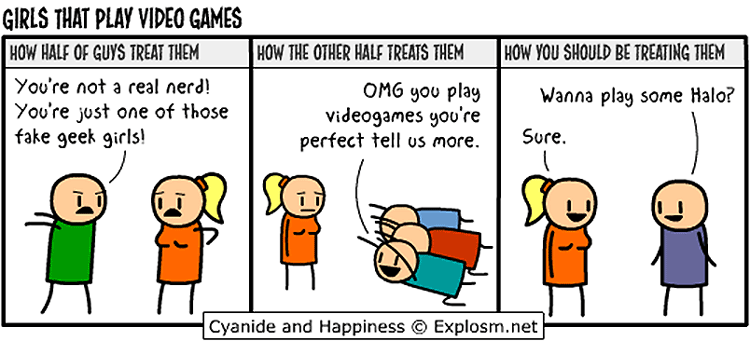
Literacy As I Know It
The plain and simple fact is this: I don’t know how what literacy is. What I had previously known as “literate” is not a viable definition, and I am not sure there is a way to define it that entirely encompasses the very broad and ever-changing realm of literacy.
According to James Gee, literacy is a combination of learning processes that we can translate into multiple areas of our lives. The current curriculum in the classroom is what is defined as “literacy” for my generation, and several before (and probably several after me too), however it is proving more and more inadequate for the depth of literacies we are required to know and be proficient with in this day and age. Gee argues that video games would help correct this inadequacy by giving students the means of practice without learning being a chore. He says that structuring things in the way that video games are (and in fact, most table top games too, from my experience), that students will be able to enjoy and feel accomplished after putting in time and effort into any task. The factors that he says would make students do better are as follows:
1.That there is equal reward for equal effort/work put into any task. You put in time studying, you get rewarded, even if the student does not necessarily reach the goal the other students do.
2. Mundane and overly structured repetition of the same content gets old and tedious. Nobody likes to redo the same quest a million times in order to get one item to finish a second quest, and no child likes writing their spelling list twelve times to ‘memorize’ a word.
3. People learn very well in social environments. People learn faster and with less chance of failure if they are allowed to consult or collaborate with other people doing the same task.
I think that if every classroom was structured in ways to fit the above mentioned criteria, then even the lesser fortunate schools would be able to perform better. It is still going to be an issue of availability of content that will stunt many students’ growth in the future.
As mentioned in one of the readings ( I am sorry, I can’t remember which one!) it is pointed out that someone who is raised with money and means will always have better and more updated literacies than someone who doesn’t. I think that if classrooms were structured differently, technology would only really be used when it is necessary, and in that way, need less per school, and therefore be able to spread out to schools in neighborhoods that need it. As I said, this is purely an opinion that is based in my personal knowledge of the subject.
So there we have it. I know exactly what literacy isn’t, but not 100% (or even really 1%) what it actually is.

 Website:
Website: